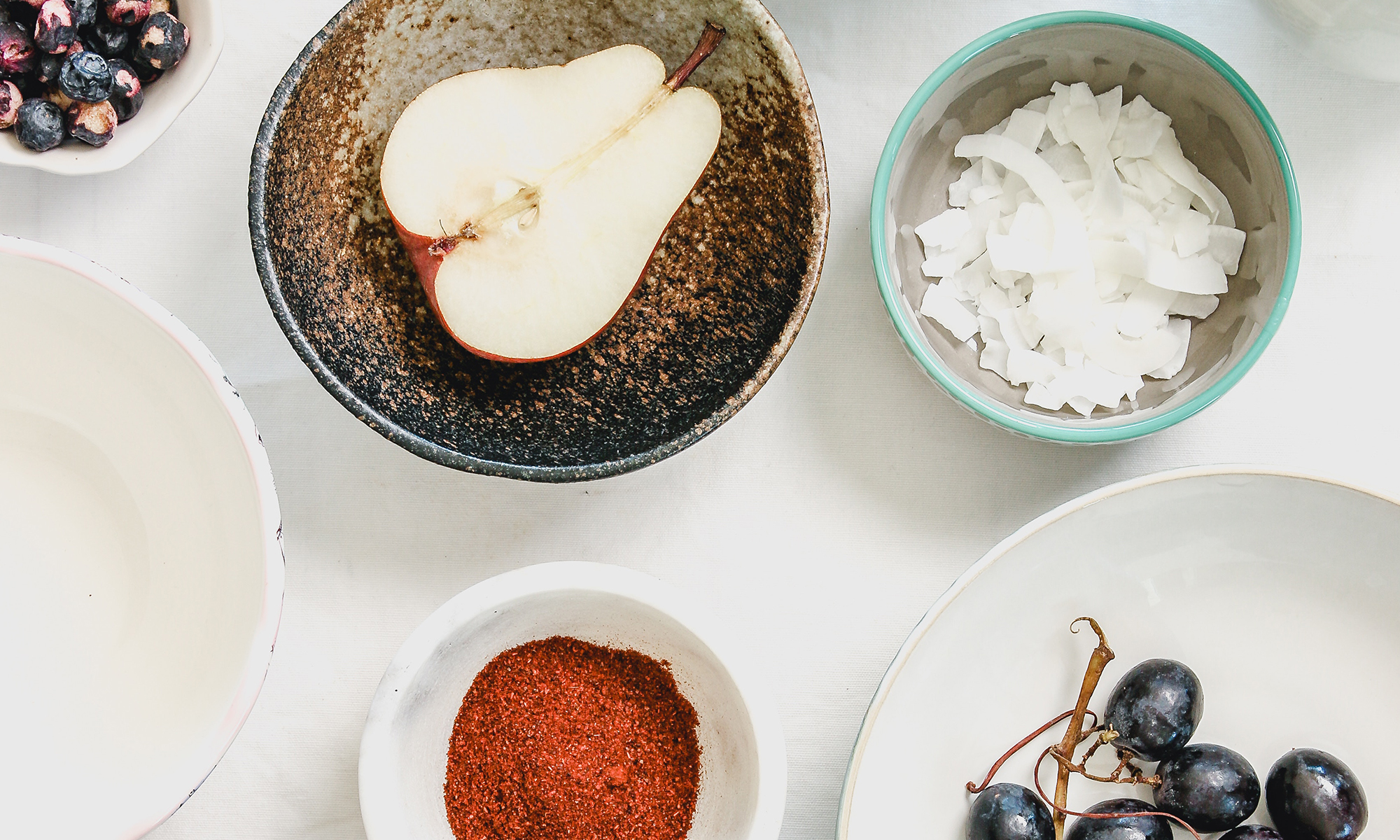My friends refer to Even’ Star Organic Farm as my happy place. When I need an escape or simply reconnect with the land, I retreat to the farm. And if I’m feeling particularly stressed (as I was when I had a corporate job), Brett will send me immediately to the fields to pick okra: my sanctuary within my happy place.
How could you not love a vegetable that looks this beautiful when it’s growing?
Life is peaceful in the okra patch and I can hear myself think.
It’s quiet because no one else likes picking okra. At the first hint that I’m willing to take over this job, the crew runs as fast as they can to other chores. To them, picking okra is only one step better than cleaning the chicken coop. The stalks are fuzzy like a peach with enough prickle to make the skin itch. To add insult to injury, the harvester must don a long sleeve shirt and nitrile gloves. With temperatures reaching into the 90s, the last thing the crew wants is to put on more clothes.
I still love it.
The okra has a cult following at the farmers market, and Brett must ration how much he gives away to the crew. My reward for picking is that I can take as much as I want!
Recipes come courtesy of Even' Star Organic Farm's Summer Cookbook.
REFRESHING CHILLED OKRA
An excellent light appetizer to serve guests or yourself, especially when the heat of summer makes heavier foods less appealing.
1 heaping pint fresh tender okra
ice water bath in a medium bowl
2 or 3 t of any good vinaigrette
Bring a pot of salted water to a boil. Steam or boil the okra until the color just changes from bright green to darker green, about 3 minutes. Immediately drain the okra and as fast shock them, by dumping into the ice water bath. Swirl okra in bath until cold, then drain again. Place onto a serving platter or into a pretty bowl. Chill. Drizzle vinaigrette onto the okra about 5 to 20 minutes before serving.
EVEN’ STAR GUMBO
A deeply flavored stew of summer vegetables that mandates okra, one of whose African names is “gumbo” and the seed of which was carried to this continent by the slaves. Once made, the thick base can be frozen, to be thawed in deep winter, and simmered with poultry, seafood, sausage, or with only vegetables.
3 T oil
4 cloves garlic, chopped
½ onion, chopped
2 mild green peppers, chopped
2 c ripe or overripe tomatoes, puréed
4 c water or chicken or vegetable stock
I pint fresh okra, sliced into 1/4” rounds
1 to 1 ½ qt. water or stock (chicken, vegetarian, or seafood)
2 t dried thyme or 1 ½ t fresh thyme or oregano
2 t gumbo file powder (optional but very good)
2 T flour
Salt, pepper, and hot pepper to taste
Chopped green onion or parsley as final garnish
The omnivore options: Shrimp, chicken, game, scallops, crab, oysters, andouille or other sausage, or pork chunks
The vegetarian options: sweet corn kernels, tempeh, vegetarian sausage, and/or fresh mushrooms
1. In 1 T of the oil and in a large stainless or cast iron pot, sauté the garlic, onion, and peppers until soft.
2. Add the puréed tomatoes and water or stock; simmer 10 more minutes.
3. Add the okra, herbs, salt, and pepper. Simmer 2 more minutes, then taste and adjust seasonings to taste.
4. If you want a thicker gumbo, make a roux by cooking the remaining two T oil with 2 T flour in a separate pan on moderate heat. One minute after it starts bubbling, add into the larger pot of gumbo, beating vigorously with a whip to prevent lumps. Simmer another 5 minutes, and again adjust seasonings to taste. This base may be frozen or used immediately.
5. To complete the gumbo, add whatever omnivore or vegetarian options you want, but be sure to add long-cooking items like chicken or sausage way before foods like shrimp or scallops that need only the briefest of cooking. Simmer all together until the brief-cookers are just tender.
6. Gumbo is nearly always served with cooked white rice, a spoonful in the center of each diner’s bowl. This may be the best and only use for a converted rice like Uncle Ben’s. Alternately, a crusty French or Italian bread does well. Sprinkle each bowl with the chopped parsley or scallion at tableside. Excellent with a chilled white wine, any beer except stout or porter, or even a red wine (Portuguese or Spanish) or a moderately chilled Pinot Noir.
